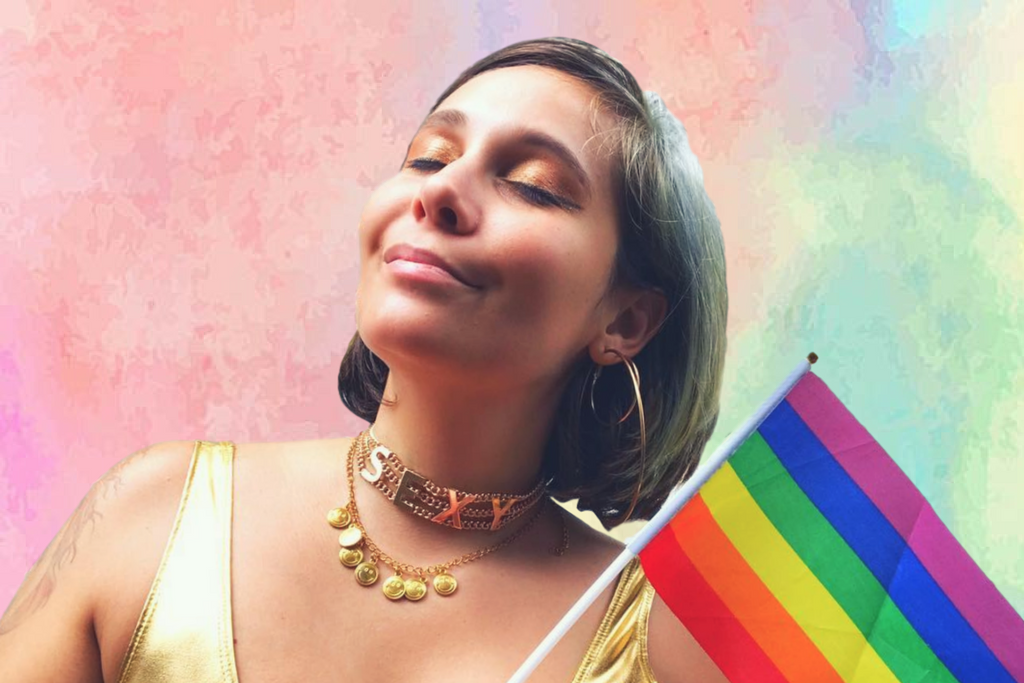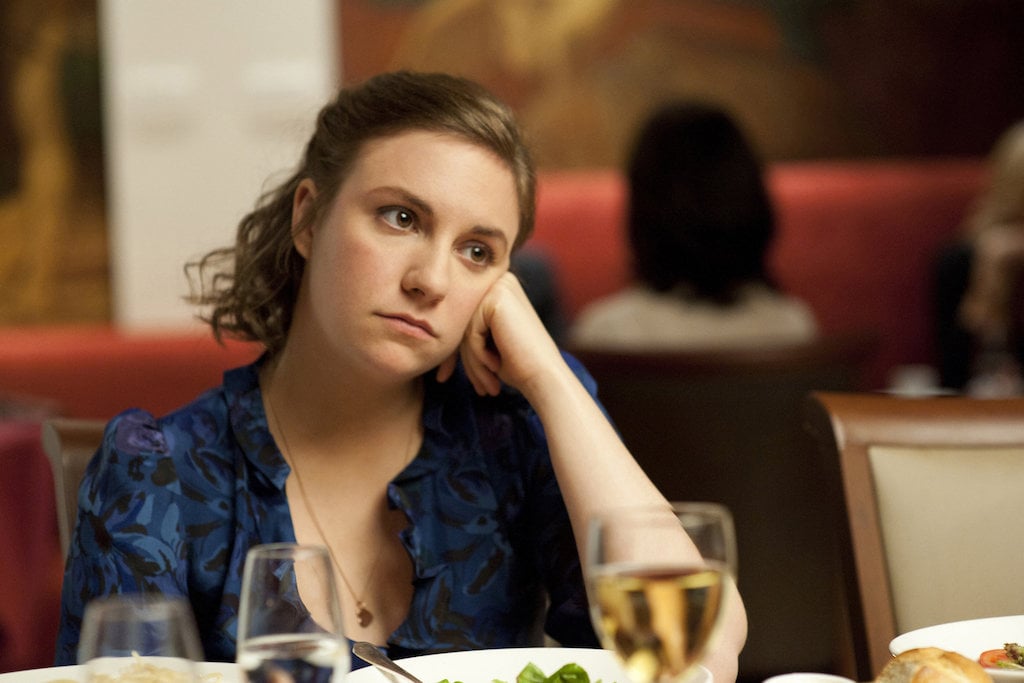When People Ask Me About My Gender I Want To Tell Them It’s Survival
I come from a long line of women whose bodies and land were stolen and raped.

To mark International Women’s Day, Junkee is hearing from three different writers about gender, identity and what we need to fight for in 2018.
—
This piece discusses sexual assault.
—
In certain queer circles, it has become common courtesy to ask new acquaintances what their pronouns are. This is a good thing, a progressive thing, a respectful thing.
It is an attempt to be unassuming about a person’s gender based on their appearances and mannerisms. And yet, I sometimes cannot help but feel like the question seeks to pinpoint the recipient’s gender, as opposed to simply their pronouns. When I am asked about my pronouns, I respond “She/Her”. But having been assigned as female at birth, and using feminine pronouns, does not a cis woman make. Gender is weird.
This is a deeply personal piece of writing. I do not speak for every gender non-conforming person of colour. Rather, I reflect on the ways race, gender and sexuality have intersected so far to shape who I am. My experience may or may not resonate with others.
A few months ago, in a Facebook group for queers, a member asked people to describe their gender in a few sentences. I wrote:
My gender is I’m Afro Brazilian and First Nations Brazilian. Then I am a woman. I come from a long line of women whose bodies and land were stolen and raped. Women who were used, abused, discriminated against. When I think about my gender I think about those experiences, some of which were inflicted upon my own body. My memory and my trauma are personal and collective. They are private, public and political. Some of my scars are visible and others aren’t, but they are forever and they will carry on being forever. And they are not just mine, they are theirs, and they are ours. They still hurt but they remind me to rise. My gender is survival. It is survival not in spite of, but because of.
In 1949, Simone de Beauvoir famously wrote, “One is not born, but rather becomes a woman.” What follows is less circulated: “No biological, psychological, or economic fate determines the figure that the human female presents in society; it is civilisation as a whole that produces this creature, intermediate between male eunuch, which is described as feminine.”
Simone de Beauvoir, like her many white counterparts, failed to consider intersectionality. Sure, the term was only coined decades later by Kimberlé Williams Crenshaw, but the facts of it have always existed. Intersectionality refers to the complex interconnected social categorisations that creates overlapping forms of oppression and discrimination. For example, in my case, I am an Afro-Brazilian and First Nations Brazilian person. I am also a queer (sexuality and gender), mentally ill, migrant woman of colour.
To better mirror my own experience of gender, I would rephrase the philosopher’s supposedly timeless quote to say, One does not become, but is made a woman. I was assigned female at birth. I was dressed in pink, given dolls. I was sexually abused by two men in my childhood. I was taught to be subservient. As a migrant teenager in Perth I became aware of my race. At school, I was the ethnic girl. I was taught by film and television that my nationality and my race made me exotic and sexually desirable to men. I was made a woman.
“My gender is survival. It is survival not in spite of, but because of”
My gender and race are inseparable entities. I cannot be PoC without being a woman. I cannot be a woman without being PoC. Womanhood and blackness/brownness, for better or worse, have shaped who I am today. And yet. I am also not a woman, in the regard that I am GNC. Gender is weird.
As a child engaging in heteronormative house play, I always took on the role of husband happily. If there was a lack of boys for school plays and staged dances, I did not mind filling in the role. As a young teenager, I often dressed up as a boy, Charlie, to entertain my friends. I was very thin for a proportion of my adolescence and early adulthood, so making myself look masculine was not difficult. All it took was a loose shirt, jeans, the removal of makeup, and tucking my hair into a baseball cap. I revelled at my friends’ compliments of Charlie. “Charlie is hot. Charlie is charming. If only you were a boy.”
Supposedly, hindsight is 20/20. I look back at these memories and detect my budding queerness (sexuality) — I enjoyed the attention of girls. My budding queerness (gender) — I felt comfortable dressed up as Charlie.
In my early twenties, I carried on dressing masc from time to time, but this time in broad daylight and not as Charlie, but as Ana. In Gender Studies classes, I began familiarising myself with the concept of gender as construct. In Racial Literacy classes, I began linking the depths of racial oppression to my family’s experience of dispossession. In therapy, I started learning how to deal with my mental illnesses. I started eating again, and my body began to change. As my hips expanded and my breasts grew larger, dressing up masc became more difficult. Gender is weird.
Gender is also performative. As I began gaining weight in places that made me visibly female, I began embodying a sort of hyper femininity. I started growing my hair long, wearing clothes that showed my curves, adorning my body with jewellery and painting my face with makeup. Sometimes I feel at home in my body, and sometimes I don’t.
Performers like Nicki Minaj and Lizzo are loud and proud about being Big, Black and Beautiful. This particular politicisation of black and brown bodies fuels a radical acceptability of my own body, of myself. I also embody hyper femininity as a way to reclaim the figure of the Latina woman, which has been over sexualised since the beginning of colonisation in Latin America. Embodying the black/brown woman is an important part of my personal political. Doing so is a conscious performative act for me.
My intersectionalities are many, and right now my race takes precedence over the other parts of myself. It’s just where I am at this point in my life. I am made of parts, but I am a whole person. Currently, I wear hyper femininity as both pride and protection. It is my armour.
My pronouns are she/her. I am a woman, but I am also GNC. This might change. Gender is weird.
—
Ana Maria Gomides is a full time cat mum and writer working out of Naarm/Melbourne. She writes reflectively on her experiences of race, womanhood, queerness, and mental illnesses.
